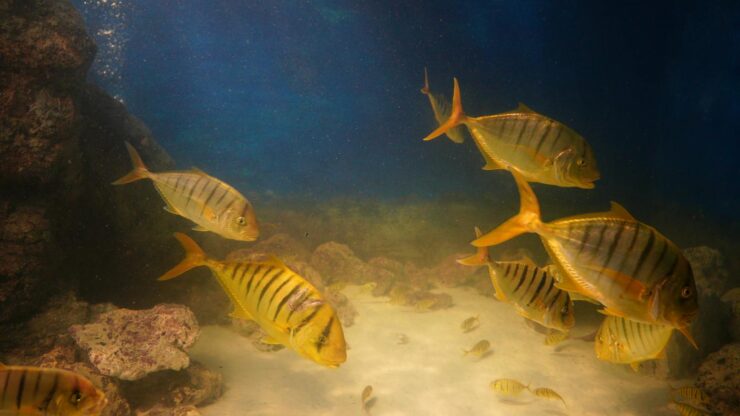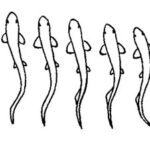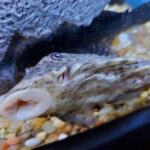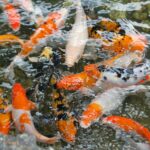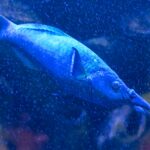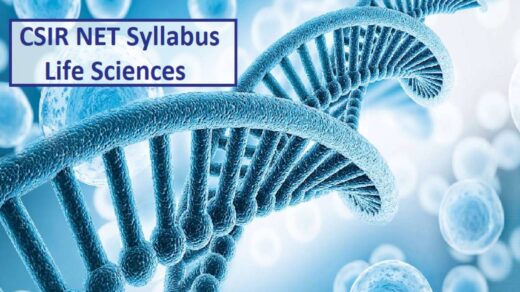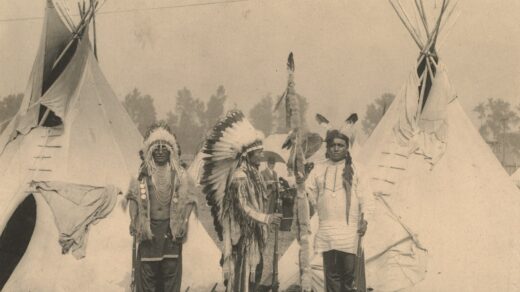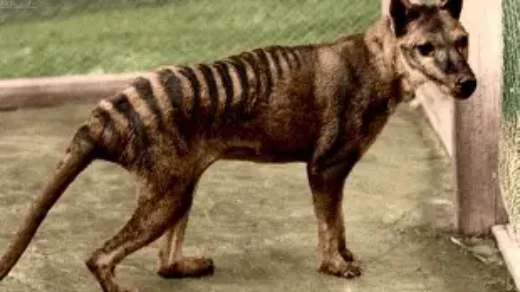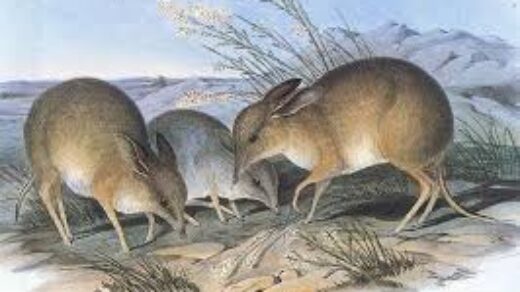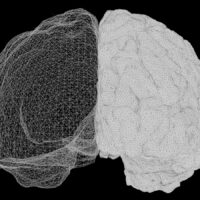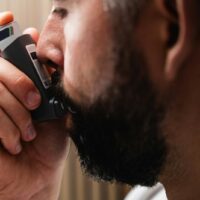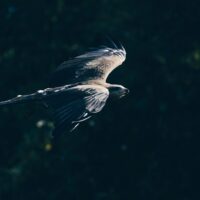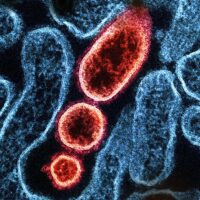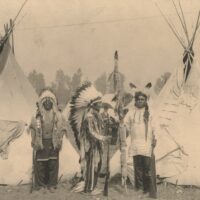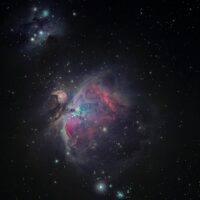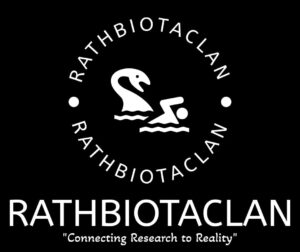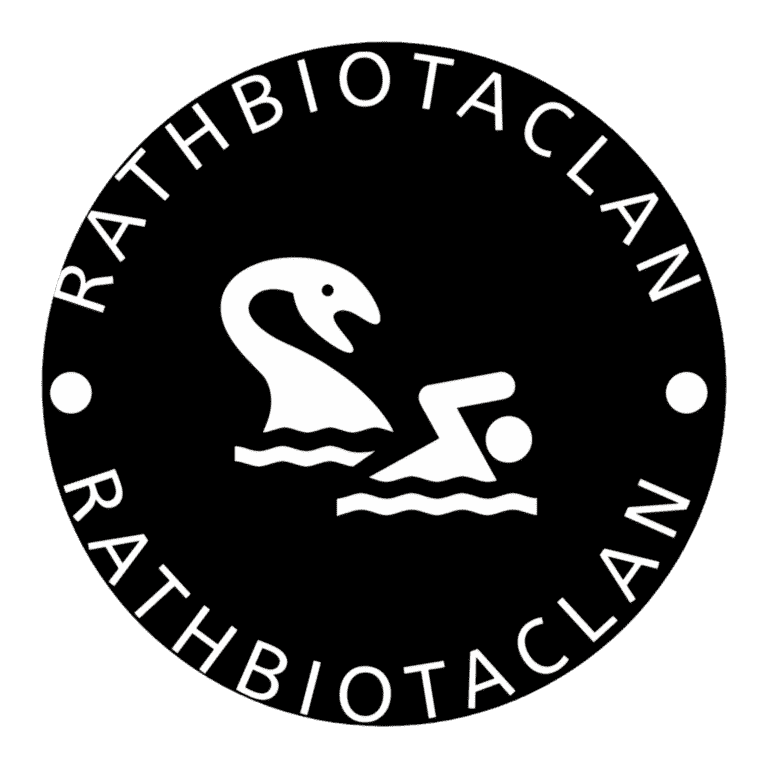Fish is the cheapest and most easily digestible animal protein and was obtained from natural sources from time immemorial for consumption by human beings. However, due to over exploitation and pollution, the availability of fish in natural waters have declined considerably forcing scientists to adopt various methods to increase its production. Fish farming in controlled or under artificial conditions has become the easier way of increasing the fish production and its availability for consumption. Farmers can easily take up fish culture in village ponds, tanks or any new water body and can improve their financial position substantially. It also creates gainful employment for skilled and unskilled youths.
The technology developed for fish culture in which more than one type of compatible fishes are cultured simultaneous is the most advanced and popular in the country. This technology is known as Composite Fish Culture. This technology enables to get maximum fish production from a pond or a tank through utilization of available fish food organisms in all the natural niches, supplemented by artificial feeding. Any perennial fresh water pond/ tank retaining water depth of 2 metres can be used for fish culture purpose. However, the minimum level should not fall below one metre. Even seasonal ponds can also be utilised for short duration fish culture.
Fish species involved in composite fish culture
Depending on the compatibility and type of feeding habits of the fishes, the following types of fishes of Indian as well as Exotic varieties have been identified and recommended for culture in the composite fish culture technology:
Technical parameters that need to be considered for Composite Fish Culture
1. Selection of Pond:
i) Desilting of existing ponds
ii) Deepening of shallow ponds.
iii) Excavation of new ponds.
iv) Impoundment of marginal areas of water bodies.
v) Construction / repairs of embankments.
vi) Construction of Inlets / Outlets.
vii) Any other item like civil structures, watchmen sheds, pump sets water supply arrangements / electricity supply arrangements etc. depending on requirements of the project based on its size etc.
ADVERTISEMENTS
ADVERTISEMENTS
2. Pond Management
Pond Management plays a very important role in fish farming before and after the stocking of fish seed. Various measures that are required to be undertaken in pre and post stocking practices are tabulated below:
A) Prestocking:
In case of new ponds, pre stocking operations starts with liming and filling of the pond with water. However, the first step for existing pond requiring development deals with clearing the pond of unwanted weeds and fishes either by manual, mechanical or chemical means.
Different methods are employed for this.
i) Removal of weeds by Manual/Mechanical or through Chemical means.
ii) Removal of unwanted and predatory fishes and other animals by repeated netting or using mahua oil cake @ 2500 kg/ha meters or by sun drying the pond bed.
iii) Liming: The soils/ tanks which are acidic in nature are less productive than alkaline ponds. Lime is used to bring the pH to the desired level. In addition lime also has the following effects –
a) Increases the pH.
b) Acts as buffer and avoids fluctuations of pH.
c) It increases the resistance of soil to parasites.
d) Its toxic effect kills the parasites; and
e) It hastens organic decomposition.
The normal doses of the lime desired ranges from 200 to 250 Kg/ha.
iv) Fertilisation/ Manuring: Fertilisation of the pond is an important means for intensifying fish culture by increasing the natural productivity of the pond. The fertilisation schedule has to be prepared after studying the quality of the pond soil. A combination of both Organic and Inorganic fertilisers may be used for best results. The fertiliser programme has to be suitably modified depending on the growth of the fish, available food reserve in the pond, physico chemical conditions of the pond and climatic conditions.
B) Stocking
The pond will be ready for stocking after 15 days of application of fertilisers. Fish fingerlings of 50- 100 gm size (approx) should be used for stocking @ 5000 nos. per hectare. However, if fingerlings of smaller size are used, suitable allowance may be made accounting for mortality. The present model envisages stocking of advanced fingerlings and rearing for 10-12 months. Depending on availability of seed and market condition, stocking can be of 3, 4 or 6 species combination in the following ratio.
C. Post stocking:
a) Supplementary feeding
Fishes need much more food than what is available naturally in the pond. Fishes can be fed with a mixture of rice bran and oilcakes in the ratio 4:1. Due to the high cost of Ground nut Oil Cake (GOC) farmers have tried using alternate sources like Cotton seed oil cake which is comparatively cheaper than GOC. GOC and cotton seed oil cake can be mixed in equal proportions and fed to the fish and is reported to give almost the same growth rate as that of GOC. The feed should be placed on a feeding tray or in feeding bags and lowered to the pond bottom or it can be dispersed at the corners of the pond. After some time the fishes will get used to this type of feeding and aggregate at the same place at particular time for regular feeding thereby reducing the feed losses. The recommended feeding rate is 5 – 6 % of the body weight upto 500gm size of fish and then reduce to 3.5% of body weight from 500- 1000gm size. The feeding is supplementary in nature.
b) Manuring
i) Organic manuring may be done in monthly instalments @ 1000 kg/ha.
ii) Inorganic fertilisation may be done at monthly intervals alternating with organic manuring. However, the monthly rate of fertilisation will depend on pond productivity and the growth of the fishes. It should be ensured that excess fertilization doesn’t take place that may result in eutrophication.
c) Harvesting
Harvesting is generally done at the end of 1st year, when the fishes attain average weight of 800 gm to 1.25 kg. With Proper management a production of 4 to 5 tons/ha can be obtained in a year. Harvesting is done by partial dewatering and repeated netting. In some cases complete dewatering of ponds is resorted to. Some farmers resort to partial harvesting also depending on the season and demand for fish.
Vertical expansion of fish culture:
A number of measures are now being employed by the entrepreneurs to increase the per hectare production of fish. Important measures adopted are stocking of advanced fingerlings / yearlings by stunning the growth of fish seed during first year, heavy stocking and multiple harvesting after the fishes attain a size of 500 gms., multiple stocking and multiple harvesting, use of aerators, integrated fish farming with animal husbandry activities like dairy, poultry, piggery or duckery to get daily organic manuring to the pond thus increasing its fertility. It is possible to increase the per hectare production of fish to 7 to 10 tonnes per ha per year by employing different methods as indicated above.
REFERENCES
- Fish and Fisheries – B. N. Yadav
- A Textbook of Fish Biology and Fisheries – S. S. Khanna & H. R. Singh
- Introduction to Fishery Science – B. K. Tiwari & S. C. Pathak

